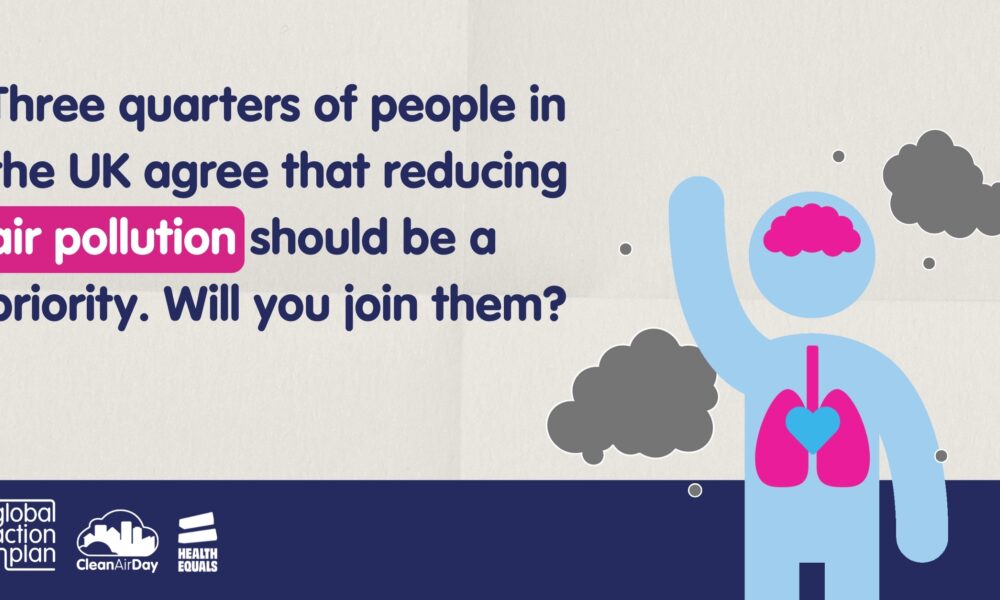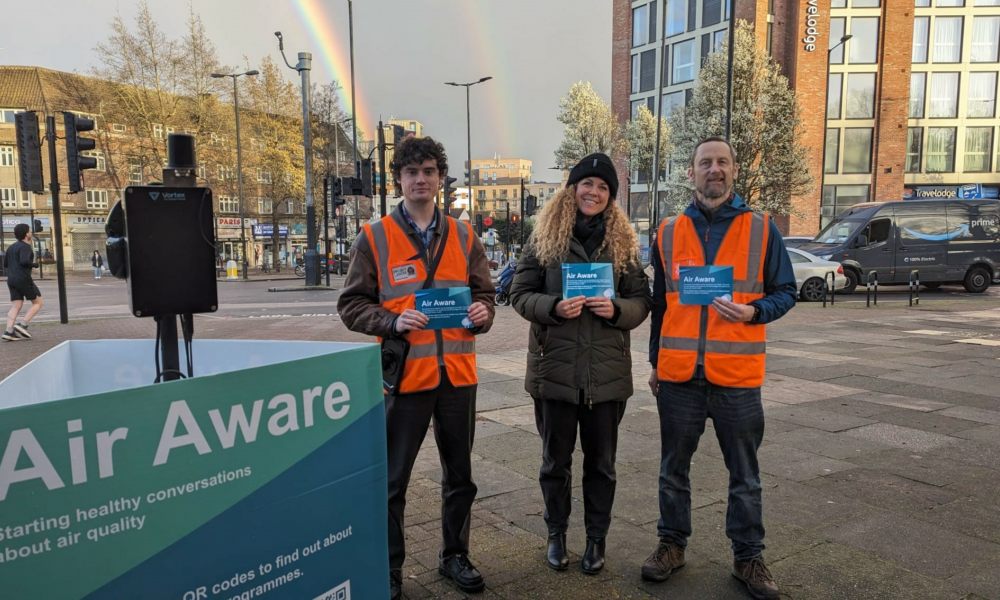Tackling domestic wood burning for healthier communities
Take a look at how domestic burning significantly impacts air quality, posing risks to public health and the environment.
Scott Sutton - 2 May 2024

Overview
In many communities worldwide, a wood-burning fireplace or stove is a cherished tradition of warmth and comfort. However, behind the nostalgic ambience lies a sobering reality: domestic wood burning significantly impacts air quality, posing risks to public health and the environment.
As local authorities grapple with the challenge of reducing air pollution, addressing domestic wood burning emerges as a crucial and immediate step toward fostering cleaner and healthier communities.
The hidden cost of comfort
Wood burning, often seen as harmless, actually releases a dangerous cocktail of pollutants into the air. These include fine particulate matter (PM2.5), volatile organic compounds (VOCs), carbon monoxide (CO), and polycyclic aromatic hydrocarbons (PAHs). Breathing in these substances can lead to a host of health issues, from respiratory problems to heart disease and even cancer.
Across the UK, domestic burning is a major source of particulate matter emissions, accounting for 16% of PM10 and 27% of PM2.5 in 2021. In comparison, road transport accounted for just 13% of PM2.5 emissions in the same year.
In regions where domestic wood burning is prevalent, such as rural areas and neighbourhoods with limited access to alternative heating sources, the impact on public health can be particularly pronounced. To put this into perspective, a single fireplace operating for one hour and burning 10lbsof wood is estimated to emit 4,300 times more carcinogenic polyaromatic hydrocarbons than 30 cigarettes.
The toll on health and community well-being
The consequences of poor air quality extend beyond individual health outcomes, affecting entire communities. Children, the elderly, and individuals with pre-existing health conditions are especially vulnerable to the adverse effects of wood smoke pollution. Poor air quality aggravates asthma and COPD symptoms, causing individuals to become more anxious about their lung health and raising the chances of hospitalisation if symptoms worsen.
Beyond health concerns, domestic wood burning can strain community relations. Complaints about smoke intrusion, odour, and respiratory discomfort can create tensions among neighbours. While, the economic costs associated with healthcare expenses and lost productivity due to illness further underscore the need for proactive measures to address this issue.
Harnessing data for change
Effective air quality monitoring serves as a cornerstone for informed decision-making and targeted interventions. By deploying sensor networks and leveraging data analytics, local authorities can gain real-time insights into air pollution levels attributed to domestic wood burning. This data-driven approach enables policymakers to identify hotspots, assess trends, and prioritise areas for intervention.
In regions where domestic wood burning is prevalent, implementing community-driven initiatives and outreach programs can raise awareness about the health risks associated with wood smoke pollution. Education campaigns, incentive programs for cleaner heating technologies, and regulatory measures, such as emission standards and zoning regulations, can help mitigate the environmental and public health impacts of wood burning.
Taking action for cleaner air
As stewards of public health and environmental sustainability, local authorities play a pivotal role in addressing the challenges posed by domestic wood burning. By fostering partnerships with stakeholders, including residents, businesses, and advocacy groups, policymakers can develop comprehensive strategies tailored to the unique needs of their communities.
Investments in cleaner heating technologies, such as pellet stoves, EPA-certified wood stoves, and electric or gas alternatives, offer viable alternatives to traditional wood burning. Furthermore, promoting sustainable practices and encouraging responsible wood consumption can help alleviate pressure on natural resources while reducing emissions.
Although these are all positive changes, local authorities need to know where their problems are occurring to encourage and engage with communities in high-risk areas.
Conclusion
The quest for cleaner air and healthier communities necessitates a concerted effort to confront the impacts of domestic wood burning. By leveraging data from sensor networks, fostering community engagement, and encouraging cleaner energy alternatives, local authorities can mitigate air pollution, protect public health, and promote sustainable living practices.
For more information on how you can tackle domestic wood burning – contact us here: https://vortexiot.com/contact
More blogs

Should clean air be a national priority?
Millions across the UK are still exposed to harmful levels of air pollution every day. As we mark Clean Air Day, it’s time to ask: if clean air impacts our health, our…

Engaging communities for cleaner air
As we mark Clean Air Day, we proudly highlight the significance of engagement and behaviour change to make a tangible difference in the fight against air pollution.